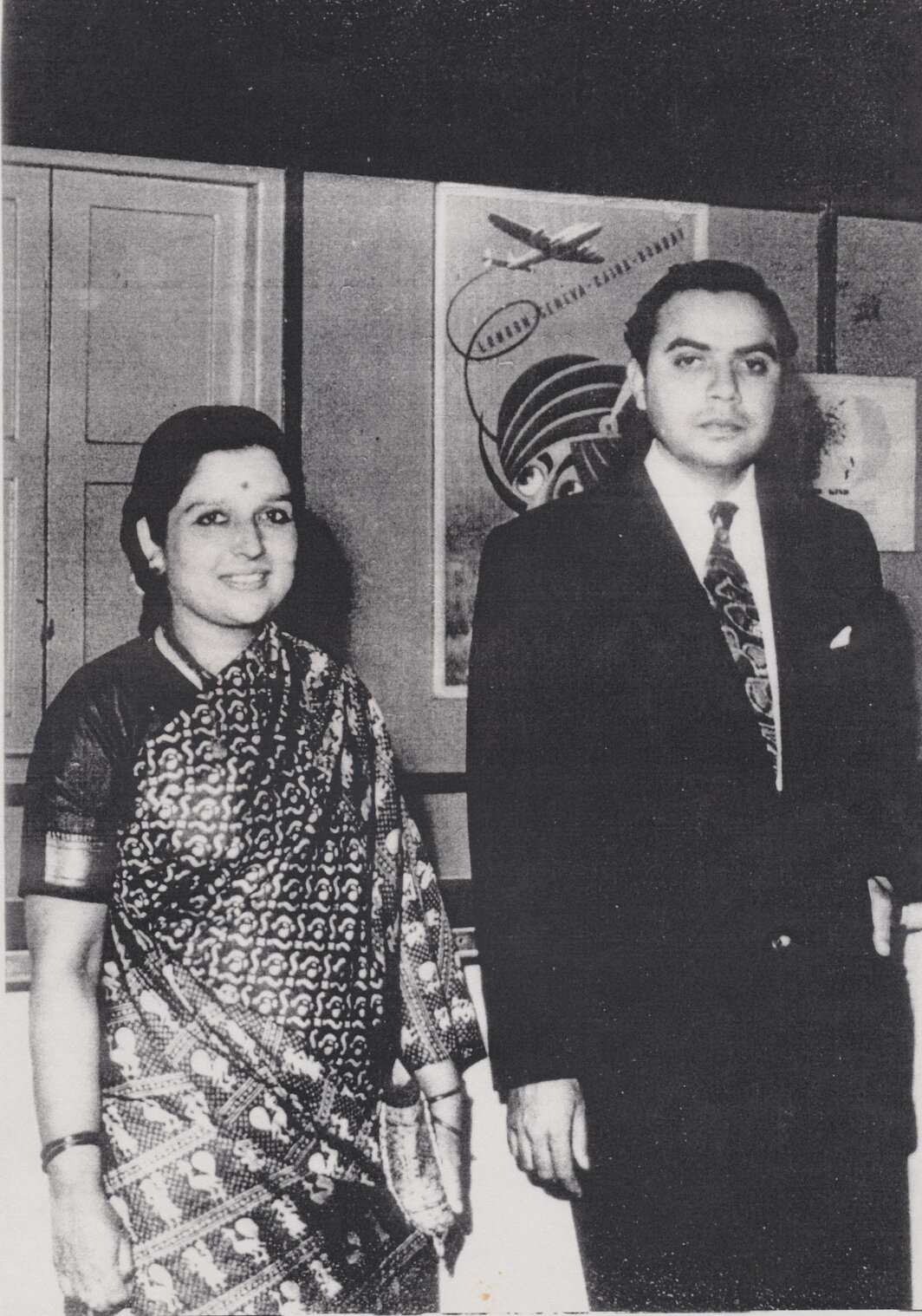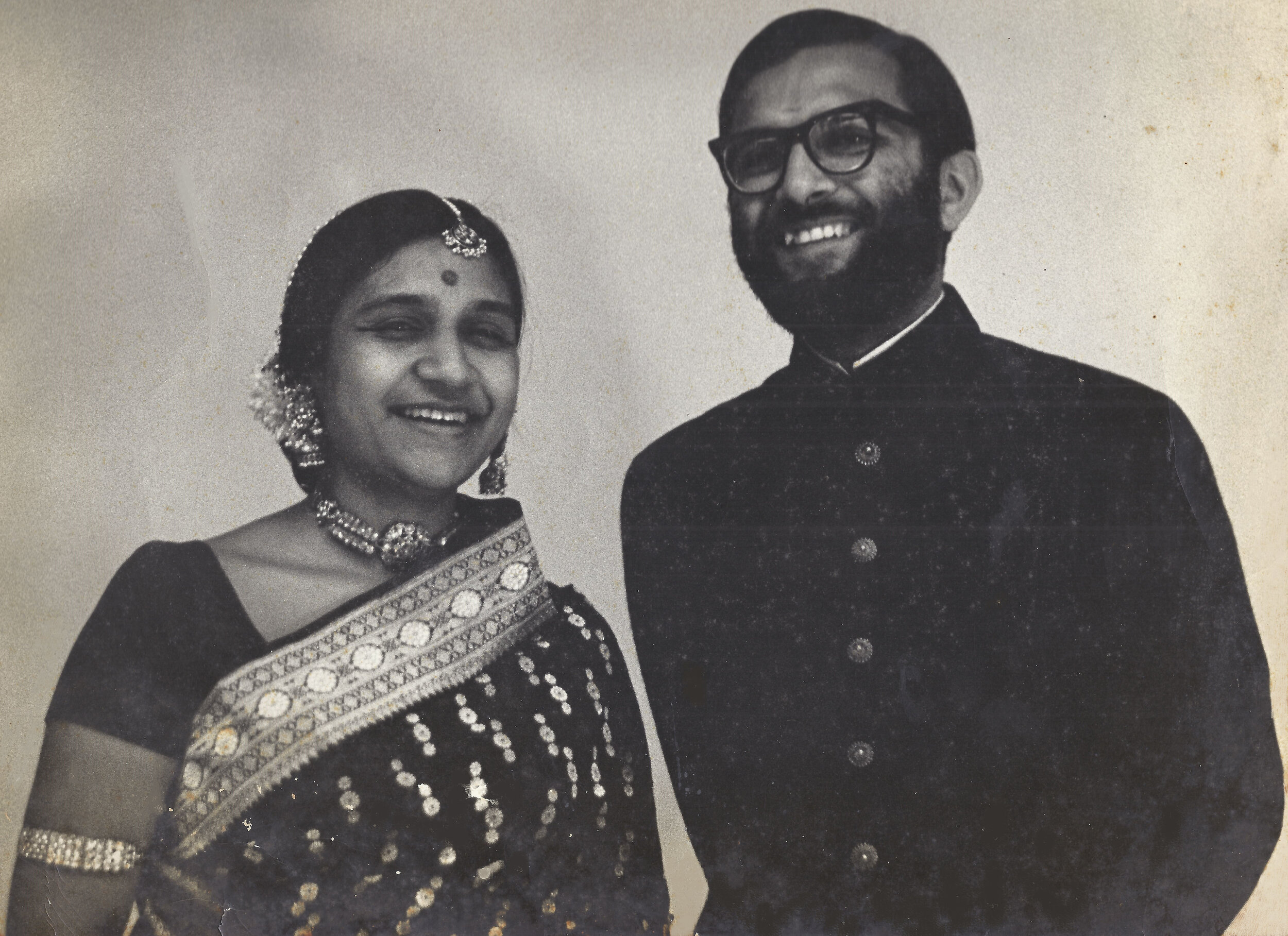A Legacy of Art | Gujrat Textile Gallery at House of MG
A Palette of Whites explores a nuanced understanding of organic shades of white ranging from translucent to opaque. These textiles also indicate a change in the cultural contexts when white is combined with gold, red or black. The colour palette also includes Khudrang (self coloured), a term borrowed from the Pashmina shawl weavers in Kashmir which refers to natural grey and brown wool. Khudrang includes wild silks like golden coloured Muga of Assam, Tussar of Chhattisgarh, Odisha and Bihar.
Words by Abhay Mangaldas and Aditi Ranjan
Images by House of MG
Since the 1940s, Mrs Anjali Mangaldas, then a child, gradually began collecting textiles, those from Gujarat being predominant. Each piece was selected with great care, some being sourced from antique textile dealers in Ahmedabad and others during her extensive travels. Today, these textiles are repositories of a wide variety of techniques, serving as relics of a way of life – some of which exist no more, while others are still in practice or have evolved over the years, giving rise to newer traditions. This rich collection, which continues to grow, has been the inspiration for the new textile-themed extension of the hotel as well as a textile gallery, at The House of MG, which has acquired this collection.
‘The House of MG’ is a boutique heritage hotel in Ahmedabad. Originally built in 1924 as the home of a wealthy textile magnate, the stately property has been tastefully restored to retain its old-world charm but with all the amenities and comforts of a world-class business hotel. It is an umbrella organisation that has taken the initiative of creating a vibrant neighbourhood in the historic old city of Ahmedabad. The House of MG hopes to achieve this by identifying and adopting relevant traditions related to food, clothing, architecture and the crafts, to its own contemporary aesthetic.
The crafts and communities are entwined in such a manner that in some cases multiple communities practice similar crafts with slight differences. The House of MG Textile Gallery offers a detailed insight into the grandeur of the textile traditions.
Craft as Life
Gujarat has a rich heritage of folk arts and crafts. The various regions of the state are endowed with a variety of crafts which are deeply entwined with the life and culture of the people living here. The Gujarati women, in particular, are the main contributors to this rich legacy. These crafts hence bear the strong imprint of the women – the ones who nurture and foster the household while their husbands, fathers, brothers and sons are out in the fields or working to earn a living. Many of these textiles form a part of the elaborate set of items exchanged during marriages. These dowry pieces are manifestations of the deep bond of love that a woman shares with her family and community. Some of the textiles were made for self use; some were for ritual or ceremonial use while others were traded amongst communities, even to far-off lands, thanks to the state’s robust trading culture and proximity to various land and sea trade routes.
The dry and barren landscape of certain parts of Gujarat is contrasted with the vibrancy and grandeur of its textiles. The various communities living here possess a unique aesthetic of colours and forms. The motifs represent their natural surroundings, each bearing great symbolic meaning and signifying one’s status in the society. It is particularly interesting to note that the textiles comprise of various elements which act as identifiers of a person’s age, marital status, social or economic status in the community. The limited resources of the region also impart a unique character of ‘reuse’ to the crafts. Fabric is valued beyond measure, with even scraps being patched together into quilts or products such as purses, bags and other accessories.
The lifestyle and culture of the people of Gujarat is inseparable from the craft traditions they practice. Changes in their life; political, social and market conditions; as well as communication and transport have brought about great shifts in the crafts. The materials used, the functionality of the pieces, and the aesthetic: all have evolved with time.
The various textiles forming a part of the collection of The House of MG are one such resource, a window into time, a chance to understand the vibrant culture and tradition of the region and changes that facilitate a dialogue of a contemporary mind with the ever-evolving craft traditions.
Textiles Through the Eyes of Leena Sarabhai Mangaldas and Anjali Hutheesing Mangaldas
Art of The Loom • Painting With Threads • Palette of Whites
Textiles from Leena and Anjali’s wardrobes have given us as opportunity to understand the conceptual, material and cultural dimensions of the creation of traditional textiles in India. Three narratives on handcrafted textiles highlight the craftsmanship and design variety of our traditions, paying tribute to the unsung makers of these textiles and to the patronage of two women from the Sarabhai and Hutheesing families. The Sarabhais introduced modern design to India and the Hutheesings produced and exported handcrafted wooden furniture to America, in late 19th century. Most of the textiles in the Collection were woven and crafted in the 20th century and early 21st century. Some of the renowned Kani pashmina shawls of Kashmir acquired from antique dealers, can be dated to late 19th century. Phulkari embroidery of Punjab, Mochi embroidery of Kutch were acquired from antique dealers in the late 20th century.
Leena Sarabhai Mangaldas’s sartorial sensibility was influenced by her personality as a pioneer of children’s education and the founder of Shreyas Foundation. Anjali’s wardrobe was that of a textile connoisseur, her passion shaped by an exposure to art, dance and studying textile design at the Royal College of Art.
The Art of the Loom celebrates the ingenuity and craftsmanship of the spinners, dyers and weavers. The concept of engineered draped garments such as saris, odhanis or veils and shawls, fully fashioned on the loom is a testimony of their creativity.
Painting With Threads has a selection of woven, yarn resist-dyed and embroidered textiles that reveal a wide variety of expressions ranging from simple stripes, to figures drawn in line, dot and pixels, brush strokes of colours to finely contoured figures, embedded with meaning and collective memories.






